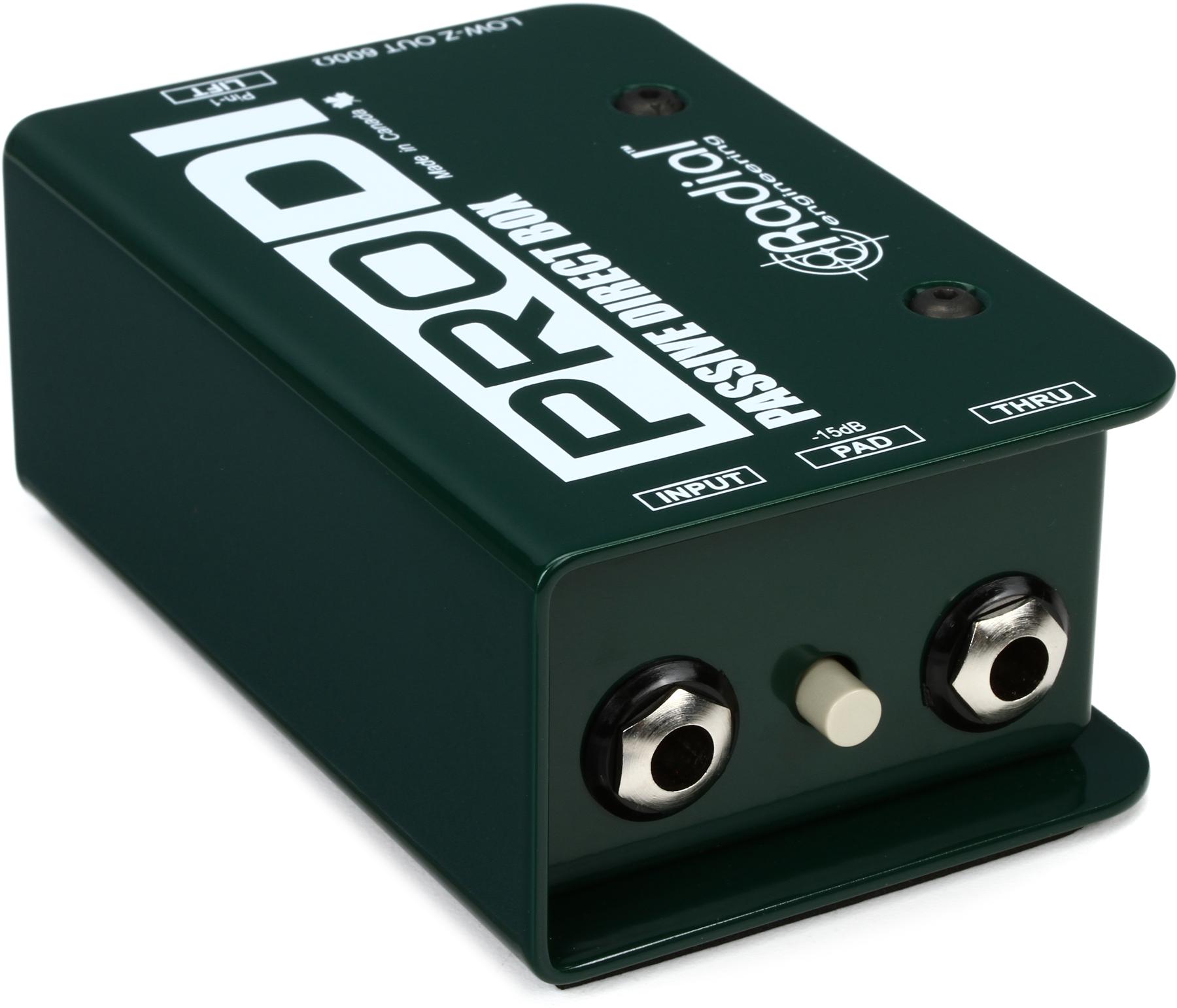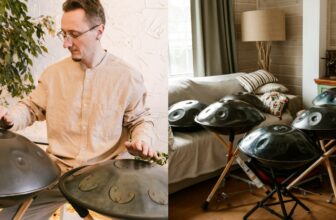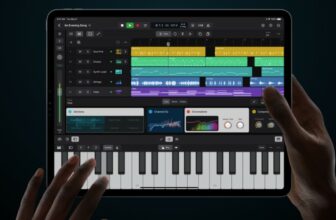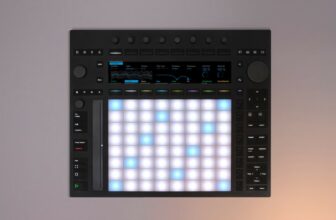What are DI Boxes? (Types, Benefits, Uses) (2024)
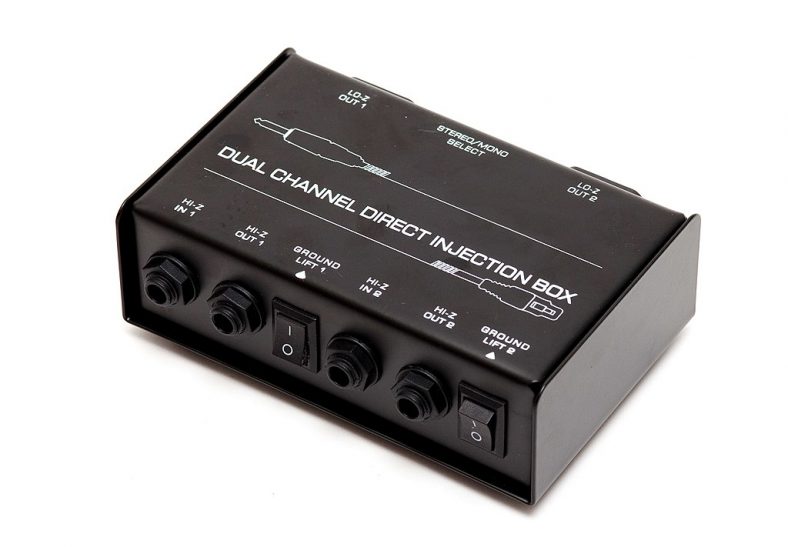
DI boxes are used to take an unbalanced, high-impedance signal and convert it to a balanced, low-impedance signal. The “DI” in DI boxes refers to multiple names like Direct Insertion, Direct Injection, Direct Input, or Direct Interface.
Unbalanced signals are prone to noise. Hence, it’s important to convert that unbalanced signal to a low-impedance, balanced signal, especially while running signals over large distances. This is extremely helpful at larger venues with bigger stages and PA systems.
With the help of a DI, such issues can be resolved. A DI box ensures that the impedance matches the signal strength. Thus, the device functions well. The low-impedance signal is better at rejecting noise, making it easy to use with devices such as mixers or speakers.
Contents
- DI Boxes At a Glance
- Types of DI boxes
- When Do We Require Active/Passive DI Boxes?
- What instruments work best with Active/Passive DI boxes?
- (Passive DI Box) Radial ProDI 1-channel Passive Instrument Direct Box
- (Active DI Box Radial) J48 Stereo 2-channel Active Instrument Direct Box
- Features to Look for in a DI BOX
- Related Questions – DI BOX FAQ
- Summary
DI Boxes At a Glance
- DI boxes convert unbalanced, high-impedance signals to balanced, low-impedance signals for noise reduction.
- Passive DI boxes are simple, reliable, and require no power, while active ones offer a preamp and versatility and require power.
- Choosing between them depends on the instrument and sound preference.
- Key features to consider in DI boxes include Ground Lift, Pad, and Thru/Bypass.
- Radial PRODI is a high-quality Passive DI box, and Radial J48 is a high-quality Active DI box.
- DI boxes do not reduce external noise but assist with signal conversion and level adjustment.
- DI boxes date back to the 1960s and are essential for maintaining sound quality in various musical setups. Understanding DI box features is crucial for musicians and audio engineers.
Types of DI boxes
Passive DI boxes
Passive DI boxes are the most commonly used DI boxes. They consist of a resistive load, either with or without capacitor coupling. Such units work best for outputs that are designed for headphones or loudspeakers.
Hum is a common problem encountered with Passive DI boxes. Typically, the cheaper the DI box, the more the hum will be noticeable. Passive units are also less versatile than their active counterparts.
That being said, they are often preferred in certain situations because they do not require a power source (phantom power). Furthermore, they are quite simple to use, hardwearing, and top-shelf units that are extremely reliable.
Active DI boxes
Active DI units contain a preamp section too. They can provide gain, are more complex, and yet more versatile as compared to Passive DI units. However, active units require a power source.
Active DI boxes have a battery or a standard AC outlet connection. Some active units also contain the option for phantom power use.
Most DI units have switches for important features like gain adjustment, ground lift, mono/stereo mode, and power source selection. The bypass feature is more commonly found in active DI units than Passive ones. How bypass occurs can be loosely classified into two ways.
In “True bypass,” the signal goes straight from the input jack to the output jack without the involvement of circuitry or impedance from the source. False bypass occurs when the signal is routed through the circuitry without any intentional signal alteration.
The Key Differences Between Active and Passive DI Boxes
The most basic difference between an Active DI box and a Passive DI box is that the latter doesn’t need a power source.
Batteries or phantom power usually work with Active DI boxes. Among some of the more detailed differences, Passive DI boxes are merely transformers; they contain transformers to perform impedance matching and balancing.
The strength of the impedance signal always depends on the source. This could end up becoming a disadvantage if the source signal is particularly low level. This is because the DI box will not be able to do anything to increase the level of the signal.
However, the following are some notable advantages to Passive DI boxes:
No noise added due to active circuits
No power source required
Desirable coloration from the transformer
In contrast, Active DI boxes include a preamp unit. This provides a stronger signal and higher input impedance. It can sound good with lower-level signals too. Tone-wise, certain Active DI units are designed to be extremely quiet, hi-fi, and transparent.
When Do We Require Active/Passive DI Boxes?

Depending on the sound you want to achieve, an active or passive DI box is usually used to power opposite-spectrum instruments. An active DI for a passive instrument and a passive DI for an active instrument.
This lowers noise by lowering the gain stages in the signal path. Keep in mind that the suggested intervals should be at odds with one another.
Choosing a DI box is no different than choosing any other audio equipment; it all depends on the kind of sound you prefer. Generally, the sound produced by Passive DI boxes will be more rounded as opposed to an Active unit, which will produce a more high-frequency tone.
What instruments work best with Active/Passive DI boxes?
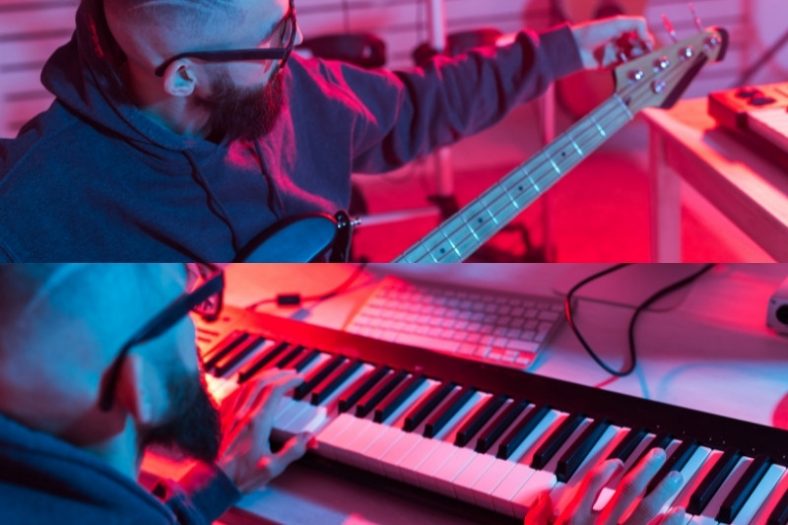
If the source is active, such as a keyboard, use a passive DI box. A passive source, such as a Fender bass guitar, necessitates an active DI box.
Active DI units work best for direct recording in the studio. Tube active direct boxes and solid-state active direct boxes are both designed for studio use. Any instrument that lacks an internal power source is better suited for an Active DI box. Some good examples are acoustic instruments with piezo pickups, old keyboards like the Fender Rhodes and Wurlitzer EPs, and some classic basses.
For instruments like acoustic-electric guitars and electric basses, active DIs work brilliantly if you want a tone with a higher attack, tonal definition, and slap. However, aggressive slapping on the bass may cause an Active DI to distort. Active DI boxes work well for classic basses in that they aid in adding beef to the sound.
Active DI boxes are great for FOH engineers. However, some of these are AC-powered. Hence, having an AC power near the stage setup is mandatory. Moreover, if Active DI boxes are plugged into a wall or a power source nearby, there lies the problem of ground loops.
While this problem can be managed with the use of a simple ground lift switch, you may have to keep switching between loud noise and less noise. Hence, a DI that uses phantom power works best for FOH engineers.
If the instrument in use has a built-in preamp powered by a battery, then it may be more prudent to use a Passive DI. Passive DI boxes with high-quality transformers are less expensive and won’t require batteries or an AC line or replace a phantom-powered console unit.
RADIAL PRODI: A high-quality Passive DI box
The PRODI is a passive mono direct box that is perfect for use with bass, acoustic guitars, synthesizers, and electric pianos. The Radial PRODI is a full-range Passive DI box that does not require batteries or any power supply.
All it takes for the Radial PRODI to cancel unwanted noise is a custom isolation transformer. It provides exceptional signal handling without saturation. It delivers extremely low phase distortion and eliminates hum/noise-inducing ground loops by providing 100% isolation.
Additionally, there are isolated XLR connectors and a military-grade PC board with a full surface ground plane to reduce any susceptibility to RF noise. Because of this and many more features, the signal retains excellent clarity and definition.
The plug-and-play feature in any audio device is a bonus in a studio/live setting, and PRODI is designed for plug-and-play. You just need to connect the instrument to the 1/4″ inputs to your amplifier/mixer and the XLR output to the mixing console.
Overall, Radial PRODI works as well with acoustic instruments as it does with electric ones. It helps the natural tone of acoustic instruments come through and eliminates unfavorable ground loops while ensuring solid dynamics and a rich sound.
Radial J48: A high-quality Active DI box
The Radial J48 is an active DI designed to work with a 48V phantom power. Since there is a limited current supply available with the phantom power, the J48 works best in this situation while still maintaining the pure and natural sound of the instrument.
High headroom without compromising the sound quality is one of the most important features of the Radial J48. Another product’s highlight is the switch mode supply. This sets up the internal rails to allow an input signal of up to 10V without any distortion whatsoever.
It is equipped with capacitors that provide sufficient current storage to ensure clean and unobstructed power for the signal. It possesses certain technical characteristics that significantly lower harmonic distortion.
The 80Hz HPF reduces low-end rumble and balances acoustic resonance. By doing so, the dynamic handling of the J48 is increased by 3dB or twice that of the power handling. This feature reduces mud and helps to increase the headroom simultaneously.
The input panel of the J48 has the usual 1/4″ input and thru-put connections. The Merge function converts the thru put connection into a second input thereby summing stereo sources to mono such as stereo keyboards or CD players.
Overall, the J48 has several functions aimed at improving functionality and creativity. The J48 is capable of hitting up to 9 Volts without choking. High power-consuming LEDs are turned off when the J48 is in use to increase the horsepower further.
Features to Look for in a DI BOX
DI Boxes have evolved significantly since the 1960s, offering both passive and active models with a wide range of versatile features and options. These modern DI boxes come equipped with essential additional features:
- Ground Lift: To combat ground loops, DI boxes feature a switchable ground lift. By disconnecting pin 1 on the XLR jack, this function breaks the ground loop, preventing noise interference.
- Pad: Certain DI boxes incorporate a pad, which is a switchable gain attenuator. This pad reduces the input signal by a fixed amount (commonly -15 dB or -20 dB), preventing circuit overload when dealing with high-level sources like active pickups and unbalanced line-level devices.
- Thru/Bypass: Many DI boxes offer a “Thru” or bypass feature, allowing the source instrument’s level input signal to be split to a dedicated 1/4″ output. This enables the raw signal to be sent to an on-stage amplifier while simultaneously feeding the balanced XLR output to the PA system. Bassists, in particular, find this feature beneficial for reducing stage volume and using an amplifier solely for monitoring.
Related Questions – DI BOX FAQ

Does a DI Box reduce noise?
No, DI boxes typically do not help in reducing the external noise.
The DI box functions to reduce the impedance by converting an unbalanced signal from the source (line level) into a balanced signal (mic level). During live gigs with big PA systems, a DI box helps eliminate interference over the long-distance by balancing the signal.
Does a DI Box boost signal?
The DI box does not help in boosting low-level signals.
The DI box works in decreasing the impedance of the high (line) level signal coming from the source (unbalanced) to a low (mic) level signal (balanced) which goes into a sound desk microphone input.
How do I connect my DI Box to my amp?
Connect the female end of the cable to the XLR output on the amplifier and the male end to the XLR input on the mixing console.
In case of noise or disturbance, connect the XLR to an XLR- TRS pin and plug it in the 1/4″ line level on the mixing console. This results in a clearer sound because the microphone preamp is bypassed.
Can you play an electric guitar through a PA System?
Yes, but it won’t be the best sound quality but it can work as long as the right preamps are built-in.
In this way, weak signals can be amplified by strong ones. However, the best option for guitarists is to go through an amplifier.
Can you use a DI Box backward?
You can use a passive DI box backward with the exception of a compromised sound, but you cannot use an active DI box backward.
DI boxes help in reducing the impedance of a high-level signal (line) and convert it into a low-level signal (mic). If a DI box were to work backward, it may adversely affect the sound quality because the transformer in the Passive DI box would be operating at line level instead of mic level. Active DI boxes cannot function backward.
Summary
The conception of DI boxes dates back to the 1960s in studios such as Motown and United Sound Systems. As a musician or audio engineer, you are better off understanding the features and functions of both types of DI boxes.
A DI box is used for converting a “high” level signal from a musical instrument to a “low” level, balanced signal required for going through PA systems without any loss in quality.
This box is used together with an amplifier and sound desk for amplifying the sound of instruments such as guitar or keyboard. In case there is too much noise or disturbance over the long distance, connecting the XLR cables to the 1/4″ line level on the mixing console reduces noise.
Featured Image by Ashley Pomeroy, CC BY-SA 3.0, via Wikimedia Commons


